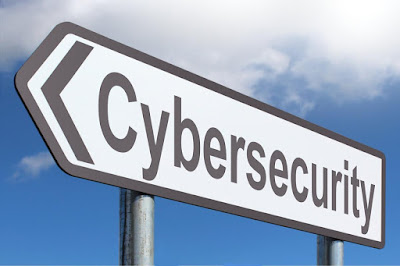This aside, there is a pandemic that isn’t making just as many waves because of its limitation to one sector and that is cybercrime. Cybercrimes haven’t exactly gone unnoticed over the years, but this year spells new dimensions to which these attacks will be orchestrated.
Paradigm Shift in the way Cyberattacks are conducted
Unlike before, when the effects of major cyberattacks could be mitigated with the use of a premium antivirus software, the ways by which these attacks are perpetrated have become much more sophisticated. Of all the cyber threats known to man, cloud jacking is touted to be the most prominent cyberattack in 2020.
In an analysis made by Trend Micro, a multinational a cybersecurity firm, it was predicted that cloud platforms would face myriads of attacks through code-injection via the codebase or third-party libraries. Many other reports show increasing chances of cloud platforms being a primary target for cyberattacks this year because of the heavy reliance of businesses on these platforms.
Cloud Jacking is, however, not the only cyber threat that users and businesses will face this year. A couple of others as detailed below:
1. Phishing
Hackers use phishing to trick you into getting your details. Usually, phishing is performed through emails, requiring the victim to take urgent action. The victim then lands on a page that looks exactly similar to an original website.
Immediately your details are put in, the hacker receives it on his/her end and proceeds to attack your account.
2. New Malware
Antiviruses block malware based on their suspicious codes and scripts. However, hackers continuously release new malicious software, some of which cannot be detected by antivirus programs.
If a new malware threat attempts to breach your network, it could get successful due to its strange nature. Antivirus tools are also reckoned to be late in blocking ransomware.
3. Public Wi-Fi Hacking
While public Wi-Fi exudes convenience for users, it could be a way for hackers to get information from your device. Cybercriminals could attack your device through public Wi-Fi with two primary methods.
The first is a man-in-the-middle attack that exploits security flaws in the network. The second is the creation of a cloned Wi-Fi hotspot.
Defending your Device from Cyber-attacks
1. Install or Activate a Firewall
The two significant operating systems, Apple and Windows, have inbuilt firewalls. A firewall is a program that acts as a wall between data on your device and the internet. It blocks unwarranted access to your network.
Before you go on the internet, ensure your firewall is activated. If you need extra security, you can purchase hardware firewalls from cybersecurity companies.
2. Use a VPN
While antiviruses protect your data at the device level, a Virtual Private Network secures your data at the internet traffic level. Antivirus programs can’t prevent a hacker from spying on your internet traffic, but VPNs do.
Let’s assume a situation. You’re done buying a coffee, and you decide to connect your device to use the shop’s Wi-Fi. Unknown to you, a hacker has already breached that Wi-Fi and is trying to spy on your internet traffic, along with the information of others using the internet.
Since a VPN can be downloaded in simple steps, you purchase one and proceed to activate it before surfing the internet. The hacker would see your information as a bunch of undefined symbols. Hence, your VPN’s encryption would protect your data.
A VPN also protects your IP address from being spotted by hackers, making your device untraceable.
3. Self-Education on Cybersecurity
Not having the right amount of cybersecurity training would leave you vulnerable to a bunch of cyber-threats every time. Educating yourself on computer security would lower your chances of getting phished and create self-awareness on preventing malware and viruses from getting into your device.
First, only visit secure websites. Second, be wary of emails from unknown senders. Before you open an email, verify that you recognize the sending email address. Before clicking on a link, make sure that the domain name is not misspelled.
Most phishing websites never use the https protocol either. Phishing emails utilize lousy grammar too. Look out for these before taking action on any email you receive.
Final Thoughts
Antiviruses used to be enough for cybersecurity. However, the times have changed, and more tools are needed to secure your data. Use a VPN, a firewall, and train yourself, so your device utilizes a high level of computer security.


I am amazed by the way you have explained things in this article. I got so involved in this material that I couldn’t stop reading. I am impressed with your work and skill. I have bookmarked your page that is explain very well, I am excited to see more of it!
Thank you so much. Printed Circuit Board Repair.
It’s a great pleasure reading your post. It’s useful information. I am really impressed by the way you detailed everything. It’s very informative and you are obviously very knowledgeable in this field. Thanks for sharing such an amazing post. digital marketing solutions.